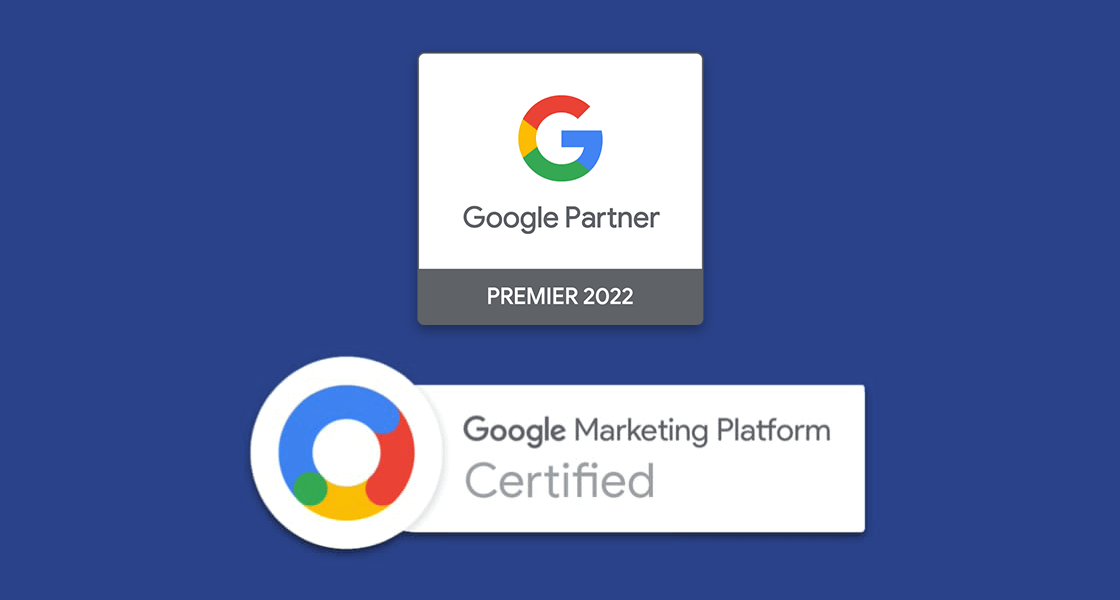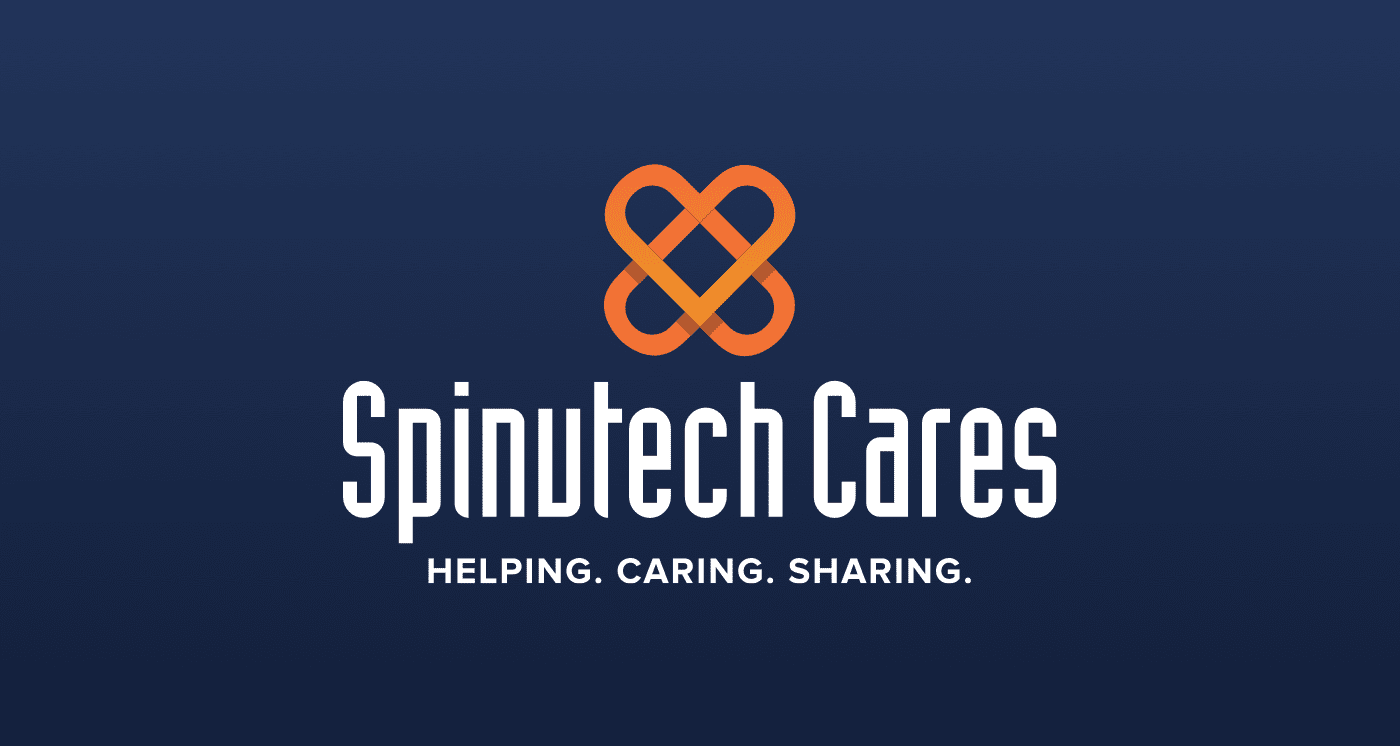News
By harnessing the power of machine learning in their Google Ads campaigns with strategic guidance from Spinutech, a client saw a significant increase in revenue and a surge in customer purchases.
Read MoreSpinutech is proud to announce that redesigned websites for Stanley Consultants and Panavision have received Sitefinity Website of the Year Awards.
Read MoreBuilding and maintaining client relationships have been the key to our success, just like a strong agency partner is key to yours. See what we’ve learned about building partnerships that last.
Read MoreSpinutech is proud to announce that redesigned websites for Stanley Consultants and Panavision have been named finalists for Sitefinity Website of the Year Awards.
Read MoreThe Google Premier Partner badge is reserved for the best of the best. Your digital ad spend is in the hands of trusted experts, which has big benefits for your business.
Read MoreLearn more about Andrew Welden and his path from a college intern at Spinutech to becoming a full-time paid media strategist.
Read MoreLearn how Divya Bisht used the self-doubt from her imposter syndrome as fuel for personal and professional growth, culminating in presenting at Content Marketing World.
Read MoreLearn more about how Spinutech's team meetups have brought together team members across great distances and given them the opportunity to forge even closer bonds.
Read MoreIt is so rewarding to see our efforts recognized as part of the Inc. 5000.
Read More.png)



.png)


















